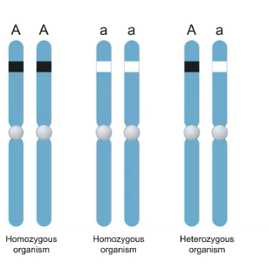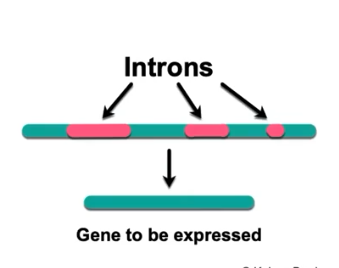ancestryy/evolution
1/25
There's no tags or description
Looks like no tags are added yet.
Name | Mastery | Learn | Test | Matching | Spaced |
|---|
No study sessions yet.
26 Terms
Evidence for common ancestry in Eukaryotic
linear chromosomes, membrane bound organelles, and Genes that contain introns
Membrane bound organelles
Shown in Mitochondria and chloroplasts; have double membrane, endosymbiotic theory, and have ribosomes.
endosymbiotic theory
the hypothesis that eukaryotic cells evolved through a symbiotic relationship between different species of prokaryotes, leading to the formation of organelles like mitochondria and chloroplasts.
Linear Chromosomes
Found in all Eukaryotes. It differs from prokaryotic genomes (circular chromosomes ).

What is an Introns
non-coding sequences of DNA within a gene that are removed during RNA splicing.

Intron for common ancestry
Found in all eukaryotes.
Genomic changes
Changes in DNA and Cell divison and environmental disruptions
Continous change in fossil records
Transition fossils can show the evolutionary changes as one groups evolve into another
Resistance to various chemicals
Resistance can show evolutionary changes in terms of new mutations
Fitness
The ability of an organism to reproduce
Pathogens
infectious agent that produce dieases, evolves, can become chemically compatible with its host, and can change phenotypes.
Viruses
They evolve rapidly
Virus Recombination
two different viruses swap genetic material (DNA or RNA) when they have hosted the same cell to create a new viral strain, potentially leading to new characteristics or abilities.
Random mutation
A change in DNA sequence
Macroevolution
large scale evidence for evolution: anatomy, embryology, molecular biology, biogeography, and fossils.
homologous
variation in a structure that was present in a common ancestor

analogous
structures that evolved independently in different species due to similar environmental conditions/selective pressures
evidence 1- molecular biology
DNA sequence comparisons can show how different species are related.
evidence 2- biogeography
These patterns provide clues about how species, both alive and extinct, are related to each other
evidence 3- fossils
are preserved remains, impression, or trace of once living organisms from the past, it tells us age/geographical data
evidence 4 - anatomy/embryology
Anatomical features shared between organisms (including ones that are visible only during embryonic development) can indicate a shared evolutionary ancestry
vestigial structure
A reduced feature that serves little to no purpose for the organism; for example; the human tailbone
Biochemical evidence
A comparison of DNA nucleotide sequences and/or protein amino acid sequences provides evidence for evolution and common ancestry
True or False: Analogous features is convergent evolution
True
reduction of isotope - like carbon 14
is a method used in radiometric dating to determine the age of organic materials by measuring the decay of carbon-14 isotopes.